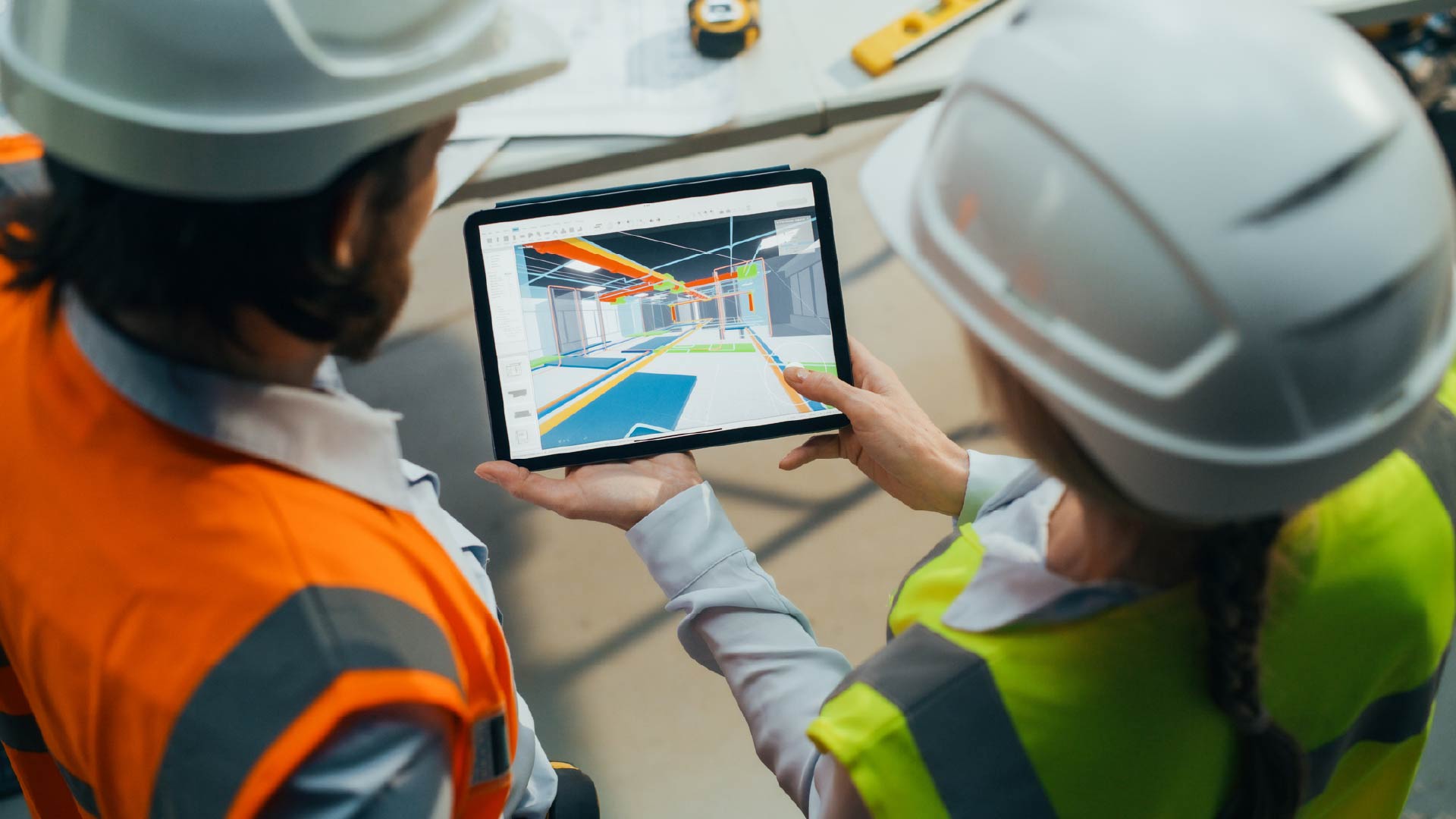Grid-Interactive Buildings Will Empower The Global Energy Transition

Ben Hext
Global power systems are undergoing a seismic multi-decade change shaped by the growth in electricity demand, the transition to renewables, supply chain disruptions and the increasing frequency of extreme weather events. As a result, the power grid is coming under ever-increasing strain triggering rising wholesale prices and power outages. Therefore, the need for more flexible energy usage and decentralized generation is increasing, with great opportunities appearing at the building level.
Real estate executives are faced with three significant tasks when considering the energy consumption of their buildings and portfolios: reducing costs, decarbonizing, and improving resiliency. To tackle these problems, firms are realizing that they need to reconsider their approach to energy consumption and shift from being passive consumers to taking a more active role in the power system by implementing smarter consumption strategies and investing in on-site generation and storage. This is leading to the rise of grid-interactive buildings, which Verdantix defines as: ‘A building that combines several technologies to generate, store or release electricity, and adjust consumption, due to pricing or demand signals from the grid and internal building demands.’
Grid-interactive buildings bring a host of benefits to major stakeholders across the power system. For example, renewable energy producers can closely match their supply with demand, grid operators can avoid outages, buildings owners can meet ESG demands and futureproof assets, and building operators can reduce energy costs and decarbonize operations.
The key finding from our recent research is there are five avenues for building operators to achieve grid interactivity. The good news is that firms can begin their journey straightaway by simply leveraging technology already in place, such as smart meter data, to understand their granular building consumption patterns and redesign energy usage strategies. For example, JLL installed Verdigris smart energy meters at its Block 300 building in Portland, US. As a result, the building was able to identify energy savings by avoiding peak charges and highlighting areas to reduce demand.
As the prominence of grid-interactive buildings increases, an intelligent connected network will emerge, where facilities can quickly adjust consumption to match grid supply, generate and store electricity on-site, and distribute power between localized sites and the wider grid to form microgrids and virtual power plants. This will facilitate wider onboarding of distributed renewable generation and power storage, enabling private asset owners to participate in the energy system and access alternative revenue streams. For example, the University of Queensland installed a 2.15MWh battery from Tesla, which has secured the university several extra revenue streams, such as participating in a virtual power plant programme with Enel X, which has earned the university AUD74,000 ($55,500) in Q1 with a projected ROI of eight years.
To learn more about the evolving landscape for grid-interactive building technologies, attend our upcoming webinar Best Practices: Planning For Grid-Interactive, Net Zero Buildings.
About The Author

Ben Hext
Industry Analyst





